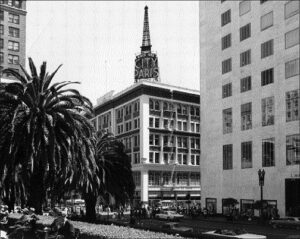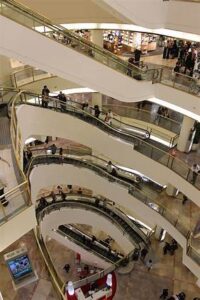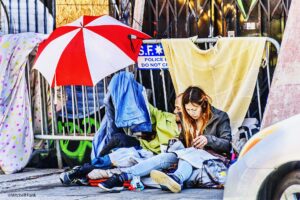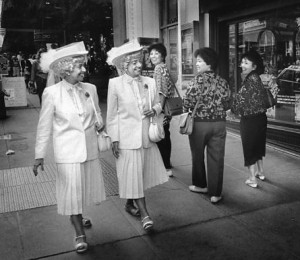by Bob Sparrow
The Road Trip – Novato, Our Home Town
I left Orange County mid-morning last Thursday, hoping to miss the L.A. traffic . . . NOT! So, the three-hour drive to meet up with Jack in Santa Maria took four hours. I spent Thursday night at Jack & Sharon’s where they invited Sharon’s daughter and son-in-law, Deb & Steve Rau over for dinner; a very fun evening. Jack and I embarked on our road trip the next morning around 8:00, getting us to San Francisco in time for their commute traffic. So, my first road trip accomplishment was to be stuck in both L.A. and San Francisco traffic within 24 hours. Check.
Jack & I both enjoyed visiting San Francisco while we were growing up in Novato, however, we’d heard not-such-good things about it over the last several years, so we were afraid to see for ourselves what ‘The City’ looked like. We took major streets through town, Van Ness and Lombard and we were very pleasantly surprised – we saw not one homeless person on the spotless streets and The City sparkled on this beautiful, sunny Friday morning. We crossed the Golden Gate Bridge and went into Sausalito where we had lunch at The Spinnaker, a restaurant right on the water. The last time I was at The Spinnaker was for dinner before my high school senior prom, just a few years ago! We had a window seat which offered us a spectacular view of the San Francisco Bay and the many boats out sailing on this perfect spring day. I don’t think I’ve ever taken a photo of a meal I was eating, but this one looked and tasted so good, that I just couldn’t help myself.
After lunch, we continued into Novato and to the home of Pete Ferrarese, a former high school classmate and football teammate of Jack. He is living in the house  his parents owned and that he grew up in. He invited his brother, Paul, who was a classmate and teammate of mine in high school, over for dinner as well as semi-retired lawyer and classmate, football teammate, George Gnoss, who brought a very nice bottle of wine. Needless to say, the before-dinner conversation in Pete’s beautifully flowered backyard, the dinner conversation over delicious barbequed steaks, and the post-dinner/wine conversation was filled with stories about, “Do you remember when . . .” A most entertaining and fun evening!
his parents owned and that he grew up in. He invited his brother, Paul, who was a classmate and teammate of mine in high school, over for dinner as well as semi-retired lawyer and classmate, football teammate, George Gnoss, who brought a very nice bottle of wine. Needless to say, the before-dinner conversation in Pete’s beautifully flowered backyard, the dinner conversation over delicious barbequed steaks, and the post-dinner/wine conversation was filled with stories about, “Do you remember when . . .” A most entertaining and fun evening!
Saturday morning, we met the family of a dear friend of both Jack and mine, Don Stutzman, who passed away several years ago. We met, Gwenn, Don’s ex-wife and two of his three children, Susan and Mark. This trip is just beginning, but having the two-and-a-half-hour breakfast with the Stutzman clan will unquestionably be one of the highlights. The conversation never stopped about adventures that we had with Don. Gwenn looked great at 84 and the kids were chips off the old block, very nice looking, delightful and totally entertaining. After breakfast Mark invited us over to his house to see his ‘Man Cave’. It is unbelievable! A large room, separate from the house, with a full bar and filled with 49er memorabilia. The stories continued as we had a cold beer and a toast to Don.
Saturday afternoon we visited all the houses (4) that we lived in while growing up in Novato as well as cruised down the main drag of town, Grant Avenue, saying, “That’s where (fill in the blank) used to be”. We also went by Novato High School and sadly watched part of a soccer game being played on the football field – where Novato no longer has a football team. We then visited ‘our brick’ at Novato City Hall. Pete, Jack & I hit a very good Mexican restaurant on Grant Avenue for dinner, then called it a night.
Next week, Suzanne will post her traditional ‘Memorial Day’ blog paying tribute to the Novato men who lost their lives in Viet Nam. I will return the following week with the rest of the ‘Road Trip’.





















